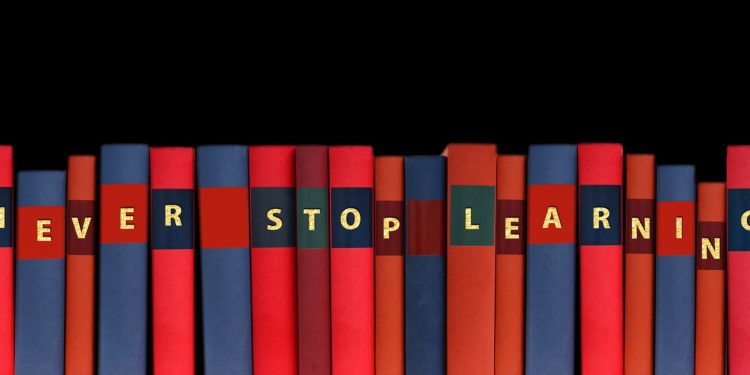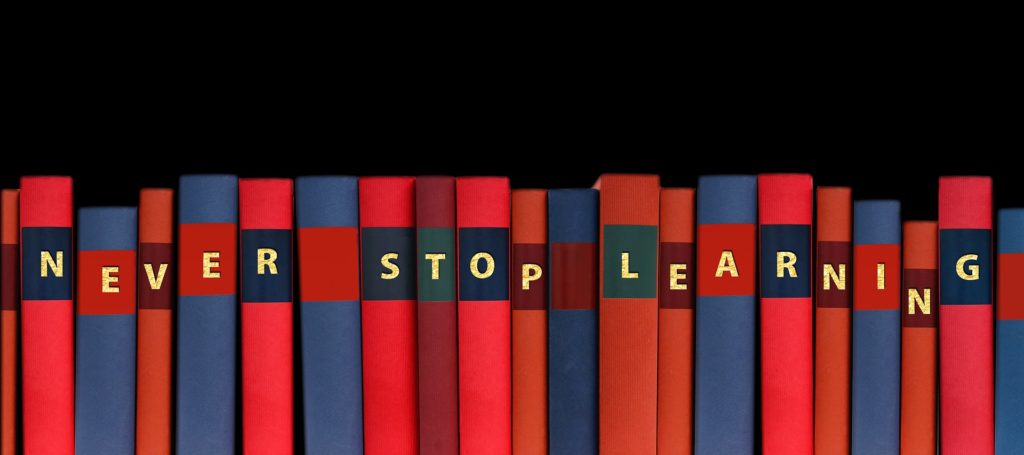Teach to One – Saving on Budget Considerations


Budget cuts are one of the realities of the modern schooling system. Schools have to adapt to the established budgets each year, cutting from crucial areas in order to host these changes. More times than not, these cuts affect the instructors on a primary basis. Cutting the number of teachers has had negative learning impacts for the students. With fewer resources at their disposal, students have had to adapt to learning styles that might not suit their likeness. Imploring the idea of learning at a pace that is unknown to them can have larger implications. Fostering learning ideals based on a system that is gibberish to them will only create lasting problems as they attempt to climb through this ranking system. Missing out on some of the applied learning techniques at an early age will have detrimental effects on their learning progressions as they age. Teach to One is successfully creating a combative resource that can be used to put a stop to these negative progressions.
The Teach to One system offers a re-designed classroom that benefits the use of fewer teachers or budget cuts to the instructors that are on the rosters of these schooling systems. Expanding the classroom is the first measure of success. Applying surface area increase is something that can be seen as a threat to the budget and overall costs, but the appliance of this technique saves the school thousands of dollars over terms. Getting educators to view this program within a positive light is impossible without a pattern of results. This system has been utilized within New York schooling systems for the past few years. An adapted classroom came about thanks to the fruitful offering of boosters and other campaigns to gain the means needed to fund this improvement across districts. Once placed, the program has worked to apply many different learning techniques that require less use of important resources, like instructors and advisers.
The biggest claim to fame for this program is the utilization of one or two instructors to carry the results to term. Most of the classrooms have to be adapted to space out the different programs within the subject matter. This creates many different stations of learning. Most of the stations are carried at a self-pace, requiring fewer advances towards a number of instructors. Urging the need to keep a single instructor roped within a classroom of 20-30 students is a modern strive that couldn’t be carried within the currently supported model.
Too many students require different attention that would tie-up the teacher and would reduce the attention placed on the entire classroom. When this new system is applied, the learning continues from all angles for all students within the classroom.
Stations are set up as a means to better determine styles of learning and patterns. Once the system has been applied over the course of a few weeks, the adviser is delivered the learning results and can better cater to individual needs. The overall perspective of the program is to create different streams of pace that keep all students connected to current levels of learning and advancing them through the grade ranking system on the correct terms.
This system was heavily utilized within the subject matter of math for initial testing, but this applied approach will cater to the needs of all subject matter types. Teach to One is changing the way that classroom development and involvement is handled for both the student and the teacher. For the first time in recent history, the teacher is able to handle the progressions of an entire classroom without the designation of another, teaching body, an association that is keeping within the applied budget of the schooling systems.

